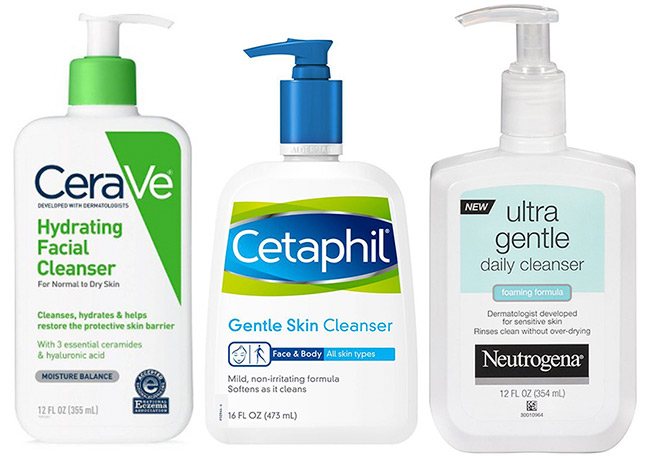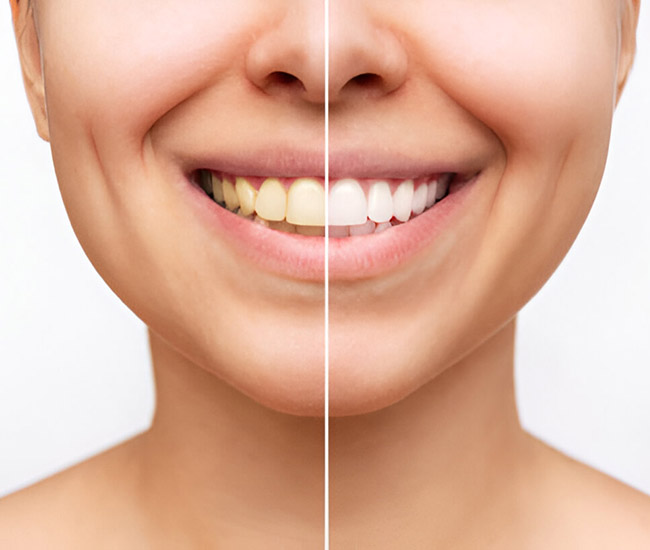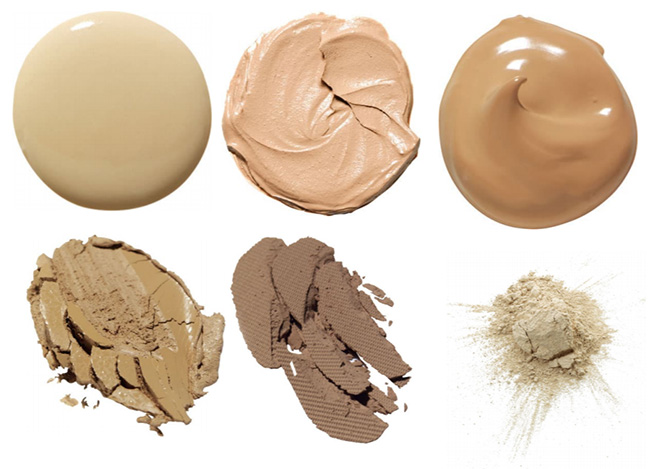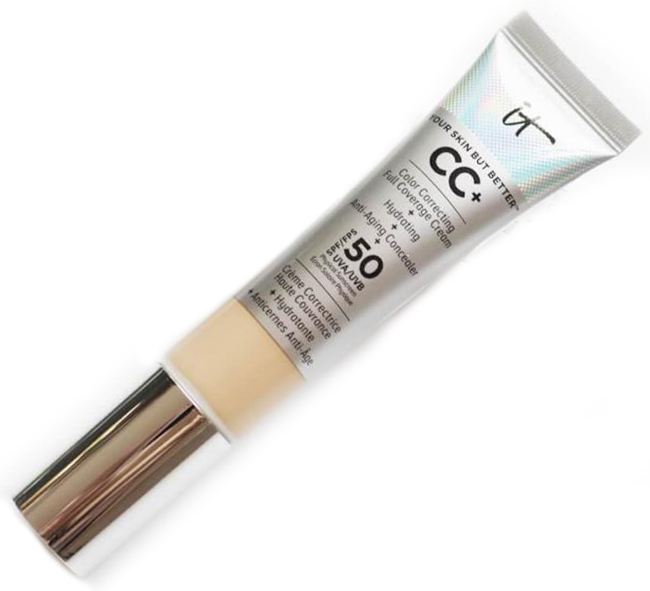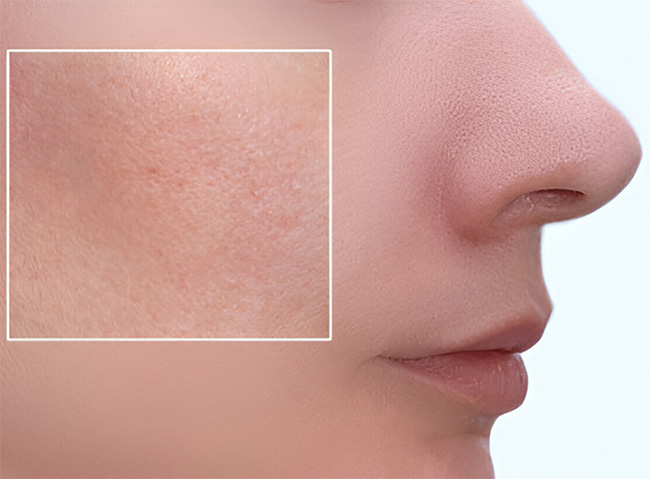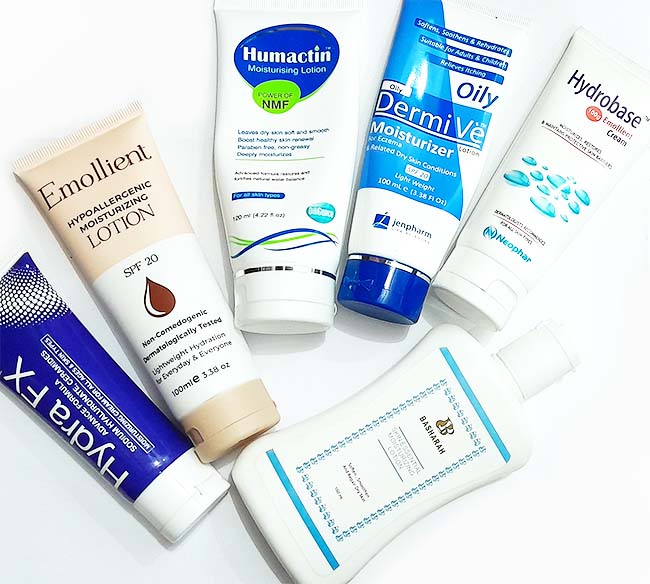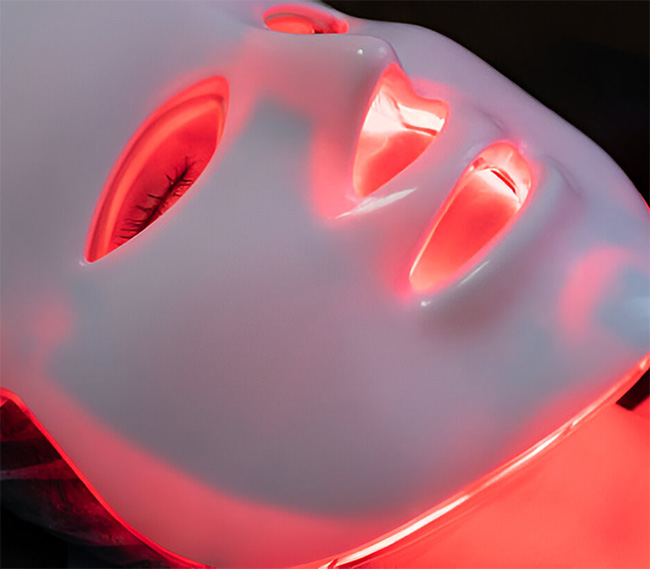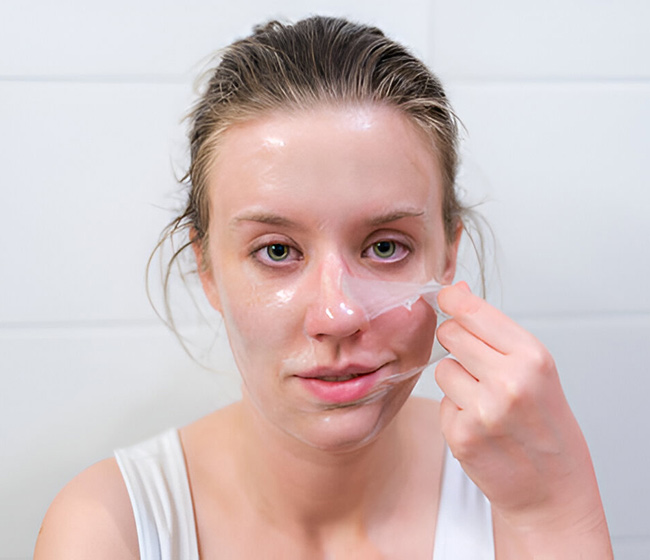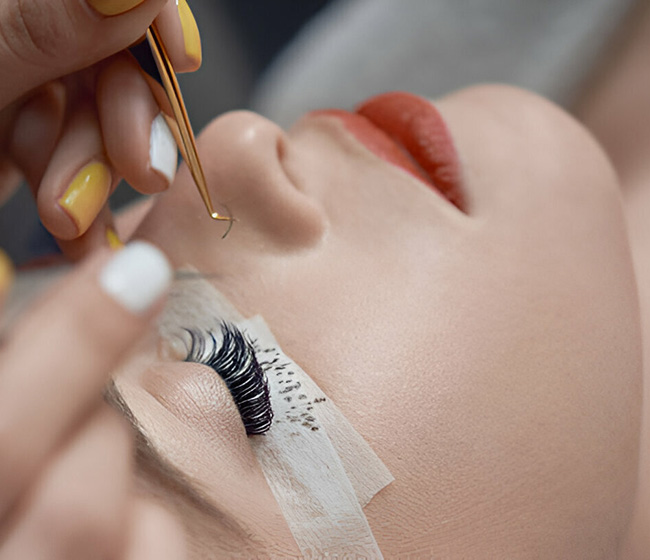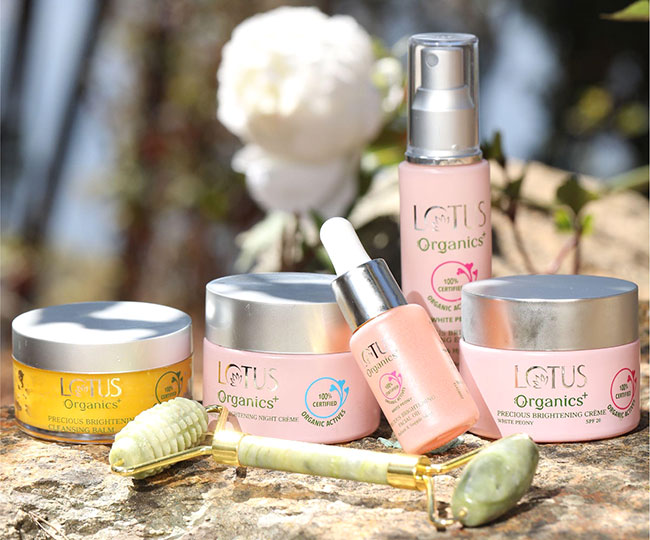It is important to know what skin ingredient you really need and what is not for you. I after hitting 30 definitely wanted to add some useful ingredients in my skin care routine so that i wont loose my skin quickly to lines, dryness and sagging. But instead of following that trending products with active ingredients, i did my research about what i really needed for my so dry and dehydrated skin. I actually found some best products for me and they are not all too expensive high end brands but after looking the perfect ingredient, i was able to find some budget friendly option with same active formulas.
Knowing which active ingredient to use in skincare products can be a key factor in addressing specific skin concerns effectively. Different active ingredients target various skin issues, and understanding your skin type and concerns will help you make informed decisions. Here's a guide to help you determine which active ingredient is suitable for your skincare needs.
1. Identify Your Skin Concerns
Start by identifying your primary skin concerns, such as acne, aging, hyperpigmentation, dryness, sensitivity, or uneven texture. Knowing your specific concerns will guide you in selecting the right active ingredients.
2. Know Your Skin Type
Understand your skin type (e.g., oily, dry, combination, or sensitive) as it can influence how your skin responds to different active ingredients.
3. Research Active Ingredients
Educate yourself about popular active ingredients and their benefits. Some common active ingredients include:
- Retinoids: For anti-aging and acne-fighting properties.
- Vitamin C: To brighten skin and reduce hyperpigmentation.
- Hyaluronic Acid: For intense hydration and plumping effects.
- Alpha Hydroxy Acids (AHAs): To exfoliate and improve skin texture.
- Beta Hydroxy Acid (BHA): For exfoliation and treating acne-prone skin.
- Niacinamide: For reducing inflammation and minimizing pores.
- Peptides: For firming and improving skin elasticity.
4. Patch Test
Before incorporating a new active ingredient into your routine, do a patch test on a small area of skin to check for any adverse reactions or allergies.
5. Start Slowly
Introduce new active ingredients gradually, especially if you have sensitive skin. Start with lower concentrations and increase as your skin builds tolerance.
6. Consider Combinations
Some active ingredients work well together, while others may cause irritation when combined. Research and seek professional advice if you plan to use multiple active ingredients.
7. Seek Professional Advice
Consult with a dermatologist or skincare professional if you have specific skin concerns or are unsure about which active ingredients are suitable for your skin type.
8. Read Product Labels
When purchasing skincare products, read the product labels carefully to identify the active ingredients and their concentrations. Look for products that have the active ingredient listed higher on the ingredient list for better efficacy.
9. Understand pH Levels
Some active ingredients work best at certain pH levels. For instance, vitamin C is most effective at a low pH, while AHAs and BHAs work best at slightly acidic pH levels.
10. Be Patient
Results from active ingredients may take time to show. Be patient and consistent with your skincare routine to see the best results.
Remember that every individual's skin is unique, and what works for one person may not work for another. It's essential to be patient and observant of how your skin responds to different active ingredients. With proper research, patch testing, and gradual introduction, you can find the right active ingredient that addresses your specific skin concerns and helps you achieve your skincare goals.










